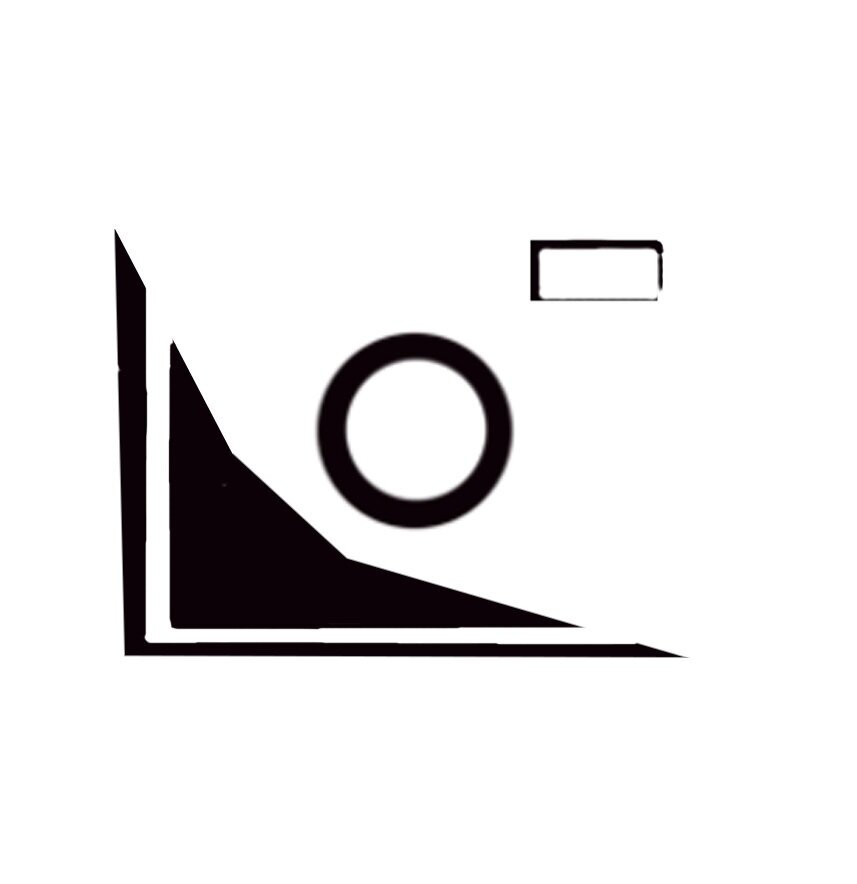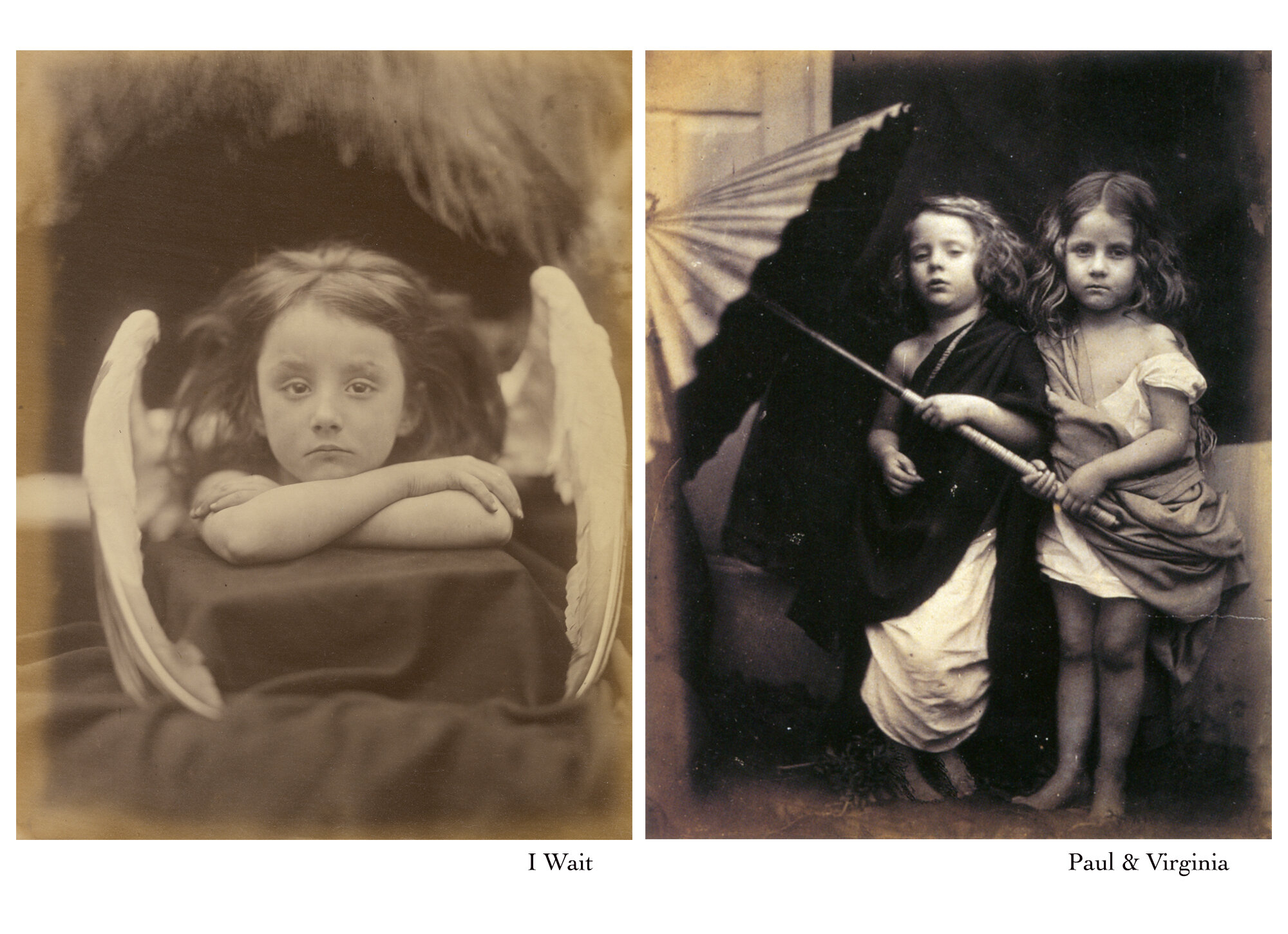Photography. An Artistic Medium
Be daring, be different, be impractical, be anything that will assert integrity of purpose and imaginative vision against the play-it-safers, the creatures of the commonplace, the slaves of the ordinary.” Cecil Beaton
When taking a photograph, the act of pressing down the shutter is arguably just as important as composing the image in your mind beforehand. There are of course guidelines when constructing a photograph and it is important to at least have some understanding of the technical side of a camera but it could be argued that the idea planned in advance, which has taken the time and used your creative intelligence, is the more important side of being an artist. Take one of Tim Walker’s flamboyant fairytale images or a ‘decisive moment’ by Henri Cartier-Bresson.
Photographer: Tim Walker
Another fundamental element when making an image, and perhaps the most important component is to understand light and how to use it. Even if there is only a fraction of light coming through a window, then a photograph can be made. However without that light you have nothing.
“Embrace light. Admire it. Love it. But above all, know light. Know it for all you are worth, and you will know the key to photography.”
George Eastman
Photographers throughout the last century have used and named light in a number of different ways. Soft light, hard light, back light, flat light, broad light, rim light and so the list goes on. The ‘golden hour’ which happens just before sunset or after sunrise is as important to any photographer. However any light can be used and manipulated in order to create a photograph. Below Seth Baines captures a mother and her baby in a very particular way. The light is not extensive and their expressions are only just visible, but the image is powerful and draws you in.
Photographer: Seth Baines
Beaton proclaimed; “Be daring, be different, be impractical" but this is not always so straightforward. There will always be critics who are not on board with your style and your way of taking photographs. André Kertesz (b.1894), a Hungarian photographer used what was considered to be unorthodox camera angles which prevented his work from gaining a wider recognition. Another early pioneer of photography; Julia Margaret Cameron, who took her first photograph in 1863, distinguishing herself particularly in portraiture, was often criticised throughout her career for unconventional and unrefined techniques. She was castigated as “amateurish" when she produced softly focused images of children dressed up as fairies. However, she is now celebrated for the beauty of her compositions and credited with producing the first close-up portraits in the history of the medium. Her images are described as 'extraordinarily powerful' and 'wholly original’.
Photographer: Julia Margaret Cameron
Cameron’s perseverance was remarkable, especially living in Victorian England. As an artist and a woman, her opinions and ideas would have been considerably restricted. What she had though was absolute conviction in two things. Firstly her photographic style and work, and secondly the photographic practice being a true artistic medium. Her resilience established a lasting style which is very much celebrated today.
Her great nieces Virginia Woolf the author and Vanessa Bell, the artist both members of the notorious Bloomsbury Group, must have certainly helped in her determination as a photographer. Woolf claims Cameron as an artistic inspiration and enjoyed her great aunt’s eccentricity and determination. With a slightly mocking note she writes of her great aunt Julia; “So earnest, such a worshipper of Beauty, so adoring of Genius.”
To come back to the present day and look at the work of wedding photographer Emilie White, who often works with a slow shutter speed which creates blur in her images. As well as capturing the emotion, love and laughter that is felt, perhaps the motion in the photographs reflects the giddy happiness and the speed that is felt throughout a wedding day. I have heard brides describing their wedding day as ‘passing in a blur.’
Photographer: Emilie White
André Kertész was known for the appreciation for the accidental in his work. He moved to Paris in 1925, which was at that point the artistic capital of the world. Here he achieved commercial success while working for France's first illustrated magazine, VU. but in the 1930’s, through fear of persecution by the Nazis he moved to the U.S. When he returned he found that many of his glass plates had been broken. However in one photograph of Montmartre he was able to see that a bullet-like fracture had changed an ordinary view into something remarkable. He stated: “I left most of my material in Paris, and when I returned I found sixty percent of the glass-plate negatives were broken. This one I saved, but it had a hole in it. I printed it anyway. An accident helped me produce a beautiful effect.”
Photographer: André Kertész
Silver Image Gallery Exhibition Poster (Broken Plate, Paris, 1929)
Similarly to Kertész’ broken plate, a damaged negative could also be viewed as something intriguing and pleasing to the eye; see below the print by Thomas Broadhead which is for sale in our online shop. It seems that there is no right or wrong with what you do in order to make an image and how you then interoperate that image. Happy accidents can create something wonderful. Art is emotive, it is about making the viewer feel something. Whatever emotion that might be.
Artists strive to create something original, there will always be critics who dislike what you are doing but perhaps that originality and not treading the path that others have been down will make your images last the course of time.
“Be yourself. I much prefer seeing something, even if it is clumsy, that doesn’t look like somebody else’s work.” William Klein
End






